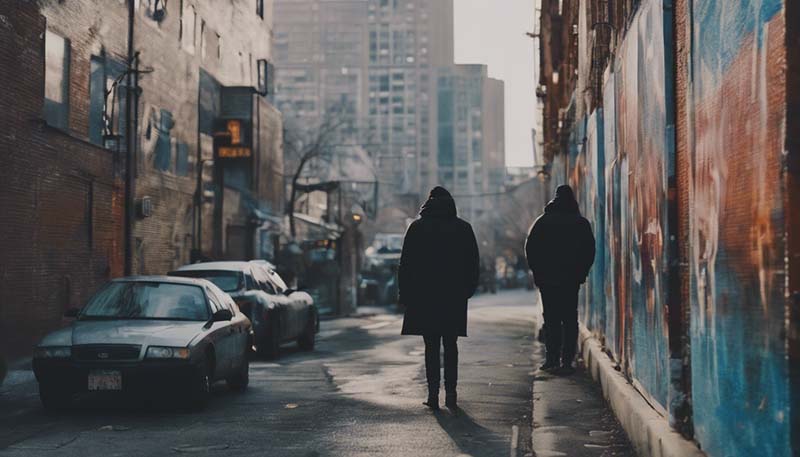The Influence of Art on Urban Gentrification
---
**Title:** The Influence of Art on Urban Gentrification
**Introduction:**
In recent decades, the relationship between art and urban gentrification has become a topic of intense debate. As cities around the world undergo rapid transformation, the role of art in these processes is both complex and multifaceted. This article aims to explore the various ways in which art influences urban gentrification, examining the economic, social, and cultural implications of this phenomenon.
Art, as a form of cultural expression, has the power to shape public perception and redefine the identity of urban spaces. In some cases, the presence of art can act as a catalyst for gentrification, leading to the displacement of long-term residents and the commercialization of once-affordable neighborhoods. In others, art can serve as a tool for community empowerment and social cohesion, fostering a sense of belonging and shared ownership among diverse populations.
This article will delve into the following key areas:
1. **The Role of Art in Economic Revitalization:**
An exploration of how art can stimulate economic growth and attract investment to urban areas, often leading to the displacement of existing communities.
2. **Artists as Pioneers:**
The tendency for artists to settle in undervalued neighborhoods, contributing to the area's cultural appeal and subsequently driving up property values.
3. **The Impact of Art Galleries and Cultural Institutions:**
Advertisement
The establishment of galleries and cultural institutions in urban areas and their influence on property values and the local economy.
4. **Cultural Displacement and the Loss of Community Identity:**
The challenges faced by original residents as their neighborhoods undergo gentrification, including the loss of cultural identity and social networks.
5. **Art as a Tool for Community Engagement:**
How art can be harnessed to promote social inclusion, dialogue, and community development in the face of gentrification.
6. **Case Studies:**
Examination of specific examples from cities around the world, including the effects of art-driven gentrification in neighborhoods like Williamsburg, Brooklyn, and the Mission District in San Francisco.
7. **Policy Implications and Recommendations:**
Discussion of policy measures that can be implemented to mitigate the negative effects of gentrification while still promoting the growth of the arts.
8. **Conclusion:**
A summary of the key findings and a call for a balanced approach to urban development that respects both the needs of the community and the potential of art to enrich urban life.
**Sample Introduction:**
In the heart of many cities lies a creative pulse, where artists and cultural institutions breathe life into once-neglected spaces. However, the transformative power of art is a double-edged sword. While it can revitalize urban areas and foster a sense of community, it can also lead to the displacement of long-term residents and the erosion of cultural diversity. This article seeks to unravel the complex relationship between art and urban gentrification, examining the various ways in which artistic expression can both contribute to and mitigate the effects of this contentious process.
As we explore the nuances of art's influence on gentrification, we will consider the economic, social, and cultural dimensions of this phenomenon. Through a series of case studies and a critical analysis of existing policies, we aim to provide a comprehensive understanding of the role of art in shaping urban landscapes and the lives of those who inhabit them.
---
Please use this outline and introduction as a starting point for your article. If you need further assistance with specific sections or more detailed information, feel free to ask.

Comments